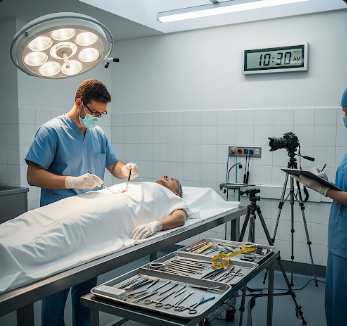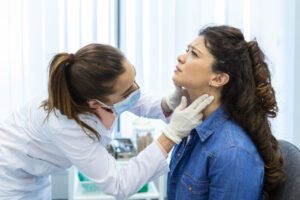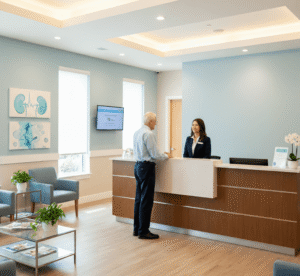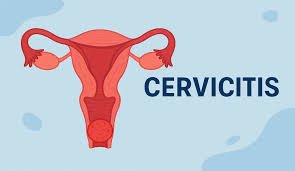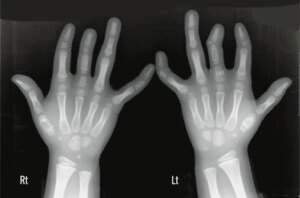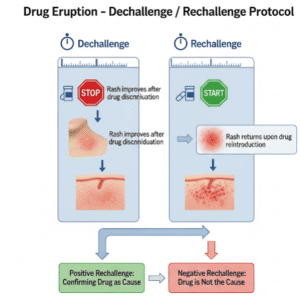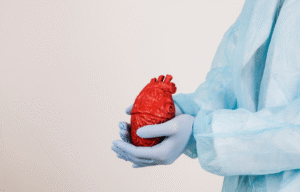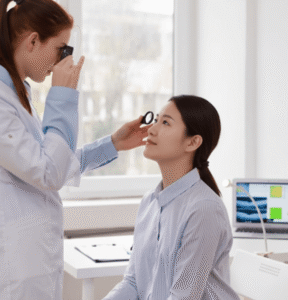What it is
A post-mortem, also known as an autopsy, is a medical examination of a deceased person to determine the cause of death, disease processes, or injury mechanisms. Post-mortems are performed by forensic pathologists or specialized medical examiners and can provide critical information for medical, legal, or research purposes.
➡ Key objectives of post-mortem:
- Determine cause and manner of death
- Identify underlying medical conditions that contributed to death
- Collect evidence in suspected criminal cases
- Support public health data collection and epidemiology research
💡 Important points:
- Post-mortems can be clinical (hospital-based) or forensic (legal or investigative).
- They involve external and internal examinations of the body and organs.
- In Korea, post-mortems are conducted in hospitals, forensic institutes, and government medical examiner offices, adhering to strict legal and ethical standards.
Why it’s done
Post-mortem examinations are essential for medical, legal, and public health purposes.
➤ Medical indications include:
- Unexplained death → When cause of death is unknown or sudden
- Suspicious or unnatural death → Homicide, suicide, accident
- Medical research → Understanding disease mechanisms or evaluating treatment outcomes
- Quality assurance → Reviewing hospital deaths to improve healthcare
➤ Legal indications include:
- Criminal investigations → Homicide or suspicious deaths
- Insurance and inheritance claims → Verification of cause of death
- Occupational or public incidents → Industrial accidents or mass casualty events
➤ Public health benefits:
- Identification of infectious disease outbreaks
- Tracking mortality statistics and epidemiology
- Guiding prevention strategies for similar deaths
Alternatives
While a full post-mortem provides comprehensive information, alternatives may include:
✔ External examination only → Limited autopsy without internal dissection
✔ Imaging-based autopsy (virtopsy) → CT or MRI scans to identify structural abnormalities
✔ Needle biopsy or tissue sampling → Less invasive method for targeted investigation
✔ Medical history review → Assess death using prior medical records and circumstances
Note: Alternatives may be considered when religious, cultural, or legal constraints prevent a full post-mortem. However, traditional post-mortem remains the most definitive method to determine cause of death.
Preparation
Proper preparation ensures ethical, legal, and safe post-mortem procedures.
🔹 Consent and authorization
- Clinical autopsy requires family consent unless mandated by law
- Forensic autopsy may be performed without consent under legal authority
🔹 Medical history review
- Collect hospital records, prior imaging, medications, and relevant medical documents
- Interview family or witnesses if applicable
🔹 Body handling
- Ensure safe and hygienic transport to the autopsy facility
- Adhere to biohazard precautions and legal documentation requirements
🔹 Patient/family counseling
- Inform the family about the procedure, purpose, and expected timeline
- Provide guidance on body release, funeral arrangements, and legal processes
How it’s done
A post-mortem involves systematic examination of the body to determine cause and manner of death.
➡ Step-by-step procedure:
- External examination
- Record body measurements, identifying marks, injuries, and signs of disease
- Photograph and document visible trauma or abnormalities
- Internal examination
- Dissection of major body cavities (cranial, thoracic, abdominal)
- Removal and inspection of organs for pathology or trauma
- Collection of tissue, blood, or fluid samples for toxicology or microbiology
- Laboratory analysis
- Toxicology testing for drugs, poisons, or alcohol
- Histopathology for disease evaluation
- Microbiology for infectious agents
- Documentation and reporting
- Detailed report including cause of death, contributing factors, and evidence
- Legal certification if required for court or public records
💡 Tips for accuracy and safety:
- Strict adherence to standard autopsy protocols
- Use of personal protective equipment (PPE) and sterile instruments
- Comprehensive documentation for medical, legal, and research purposes
Recovery / Expected Outcomes
Since post-mortems involve deceased individuals, “recovery” refers to post-procedure handling and reporting.
🔹 Post-procedure outcomes:
- Determination of cause and manner of death
- Collection of critical forensic or medical evidence
- Provision of family closure and legal documentation
🔹 Body restoration:
- Proper closure of incisions and preparation for release to the family
- Embalming or other procedures may follow, depending on funeral arrangements
🔹 Clinical and public health benefits:
- Insights into disease processes and treatment outcomes
- Improved hospital protocols and preventive measures
- Data for epidemiological studies and mortality statistics
Complications / Considerations
Post-mortems are generally safe for personnel when protocols are followed, but considerations include:
⚠ Biohazard exposure → Risk of infectious agents requires PPE and safety measures
⚠ Legal and ethical concerns → Consent, documentation, and family communication must be handled properly
⚠ Cultural or religious sensitivities → Certain communities may restrict autopsy procedures
⚠ Tissue handling errors → May compromise diagnostic or legal findings
Mitigation:
- Adherence to standard autopsy and laboratory protocols
- Training in infection control and forensic procedures
- Transparent communication with family and authorities
Treatment Options in Korea
Post-mortems in Korea are conducted in hospitals, forensic medical centers, and government institutes with specialized expertise:
🏥 Institutions performing post-mortems:
- National Forensic Service (NFS) → Centralized forensic autopsy for legal investigations
- Seoul National University Hospital (SNUH) → Clinical autopsies for research and medical review
- Regional hospitals and medical examiner offices → Post-mortems for hospital deaths or sudden unexplained deaths
- Specialized pathology labs → Tissue analysis, toxicology, and histopathology support
💰 Costs and insurance:
- Forensic post-mortems are state-funded when mandated by law
- Clinical autopsies may involve hospital fees, which may be subsidized or covered by insurance
- Private autopsy services for research or second opinions may incur additional costs
🔹 Additional support:
- Counseling for families regarding procedure, findings, and funeral arrangements
- Legal documentation for court or insurance purposes
- Research support for medical education and epidemiology
Conclusion
Post-mortem examinations in Korea are essential for medical, legal, and public health purposes.
By providing a comprehensive assessment of the body and organs, post-mortems allow:
- Accurate determination of cause and manner of death
- Collection of forensic evidence for criminal investigations
- Contribution to public health data and medical research
- Family closure and support in legal or insurance matters

